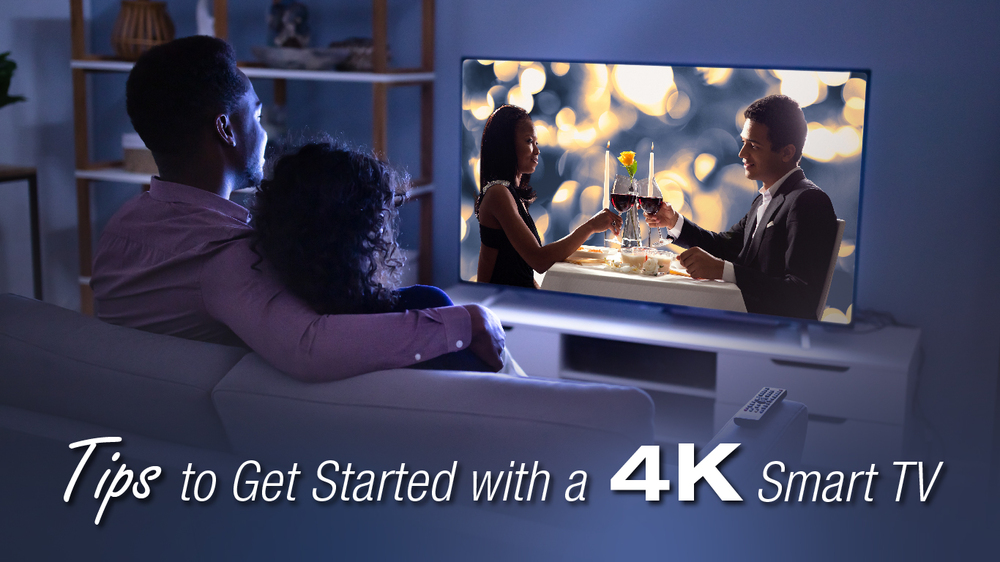A recent study finds that over half (52%) of the TVs in the US are smart TVs. These devices are getting less expensive every year and many manufacturers are creating their own streaming content for their hardware customers.
First off, what is different about today’s smart TV, the 4K? The 4K stands for the nearly 4,000 horizontal pixels (and 2,160 vertical pixels) that make up this TV’s resolution; the number of pixels is about four times as many as a traditional full HD TV, meaning the picture is crisper and clearer and more “immersive” than any in history. Second, with more than 80 channels worldwide, broadcasting in 4K, and new models entering the marketplace with streaming content of their own, the amount of 4K content continues to grow. This is all good news for consumers but there are some tips for how to choose, set up, and enjoy your new 4K TV:
BUYING
- Don’t compromise on upscaling. Since not all content is 4K, you’ll want a TV that “upscales”—converts lower quality images to display well on the 4K screen—well. Talk to your salesperson and make sure this is a priority.
- Know your priorities. Is it more important to have a huge TV or a bright picture? More important to have super user-friendly apps or access to a ton of apps? You CAN have it all—but at a price. Determine which features matter most and focus on the models that give you the most bang for the buck.
- Remember your peripherals. Will you be plugging in your video game console or an external soundbar? Plug in a cable box? Make sure your TV has enough ports to accommodate everything you’ll need to plug in.
SET-UP
- Pick your spot! Use this handy calculator to determine where to put your TV for the best viewing experience based on size of the screen: https://www.inchcalculator.com/tv-size-viewing-distance-calculator/
- Be careful mounting. Check VESA standards to be sure you’re getting mounting hardware kits that will keep your TV in place. Experts also recommend a surge protector to protect the screen from power surges.
- Update settings. Connect to the WiFi and use on-screen settings menus to complete set-up of apps. Adjust the settings to optimize different kinds of content; choose “cinematic” or “calibrate” for realistic, accurate colors for movies but turn up the “motion smoothing” option for sports to get that “on the field” experience.
- Update firmware. Before using the TV for the first time, ensure the operating system is up to date with enhancements and security fixes. Firmware updates may take up to 30 minutes to complete.
- Connect to your streaming device. Even though your TV’s apps should lead you to plenty of great content, you’ll still likely want a streaming device like the Roku Stick, Amazon Fire Stick or Cube, or the Apple TV 4K. HDMI cables will work with your 4K TV, but make sure they are “high-speed.”
A few other important considerations before making the leap:
- Price. While you can get a high quality 4K TV for $500, you can also spend over $3,000 for the top of the line. Shop around and really pinpoint the features that matter most to you.
- Bandwidth. 4K uses a lot more data than current high resolution TVs. For example, streaming Netflix on a 1080 pixel TV uses about 3GB per hour while a 4K TV uses about 7 GB per hour. Check to see if your usage is capped; if it is, your speed may slow considerably once you’ve hit your data limit for the month.




